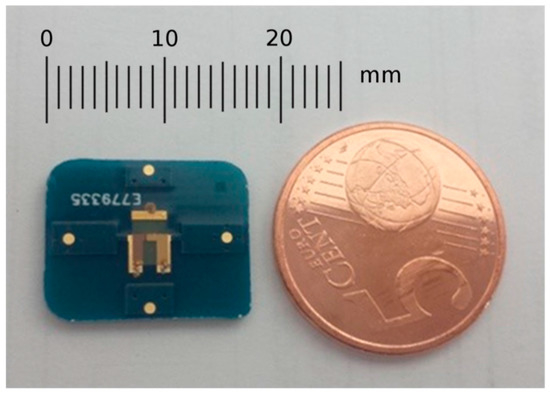Authors: Lourdes Cervera-Chinera , Marisol Juan-Borrása , Carmen Marchb , Antonio Arnaub , Isabel Escrichea,c, Ángel Montoyab , Yolanda Jiménezb
aInstituto de Ingeniería de Alimentos para el Desarrollo, Universitat Politècnica de València, Camino de Vera s/n, 46022, Valencia, Spain
bCentro de Investigación e Innovación en Bioingeniería (Ci2B), Universitat Politècnica de València, Camino de Vera s/n, 46022, Valencia, Spain
cFood Technology Department (DTA), Universitat Politècnica de València, Camino de Vera s/n, 46022, Valencia, Spain
Journal: Food Control (2018)
Abstract: Quantification of chemical residues in honey is a market requirement to ensure consumer safety. The most common method used to analyze these compounds is the LC/MS/MS methodology, which requires highly qualified technicians and a tedious pre-treatment of the sample. The honey-packaging industry needs cheaper and faster alternatives for routine control. HFF-QCM (High Fundamental Frequency Quartz Crystal Microbalance) sensors are becoming a good option due to their high sensitivity, fast detection and low cost, while avoiding complex sample pre-treatment. The HFF-QCM technology is based on piezoelectric sensors with frequencies in the range from several tenths of MHz to hundreds of MHz. In this work a 100 MHz HFF-QCM sensor was used in a monoclonal antibody-based competitive immunoassay for specific bio-recognition of carbaryl pesticide as testing contaminant. The work intends to validate the use of HFF-QCM technology, in comparison with liquid chromatography-tandem mass spectrometry (LC-MS/MS) technique, for the detection of contaminants in honey. For this purpose, the validation criteria required by SANCO 12571/2013 guidance document were considered. The precision and accuracy (recovery) of both methods were determined by comparison of 5 replicates at 4 different concentrations (from 0 to 100 μg/kg) using the same honey matrix. HFF-QCM technology showed good accuracy, with recovery percentages always between 110 and 120%. As regards to precision, HFF-QCM coefficients of variation (CV) were around 10% higher than those recommended by GC SANCO 12571/2013. HFF-QCM limits of detection (LOD) and quantification (LOQ) were in the same order of magnitude as those for LC-MS/MS, which allows the analysis of carbaryl residues in honey under the established maximum residue limits (MRL), without sample pre-treatment. These results show that biosensors based on HFF-QCM technology has become a serious alternative to the traditional analytical techniques for food quality and safety applications.
Keywords: High-fundamental-frequency QCM, Piezoelectric immunosensors, Carbaryl, Pesticides, Honey



